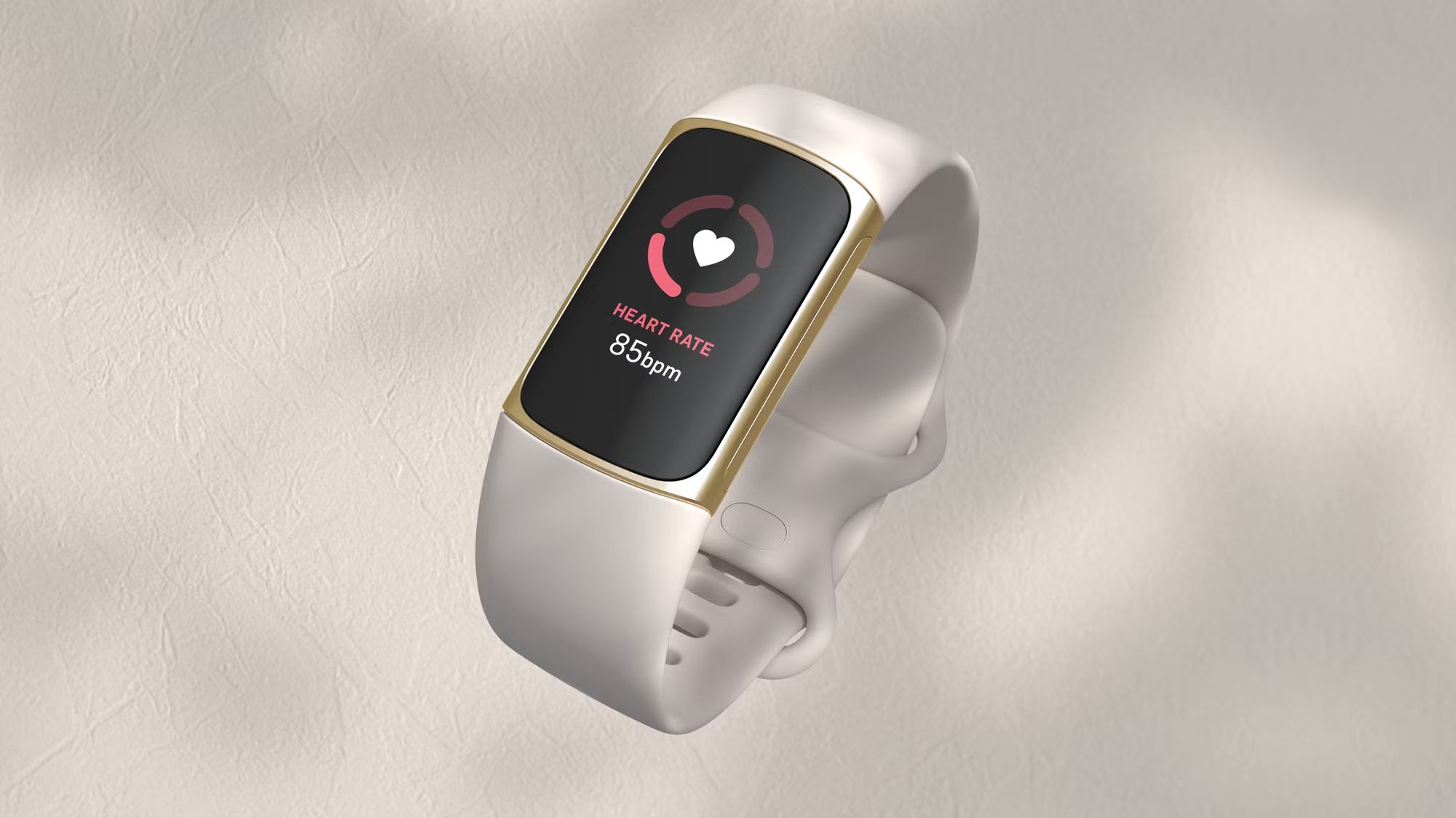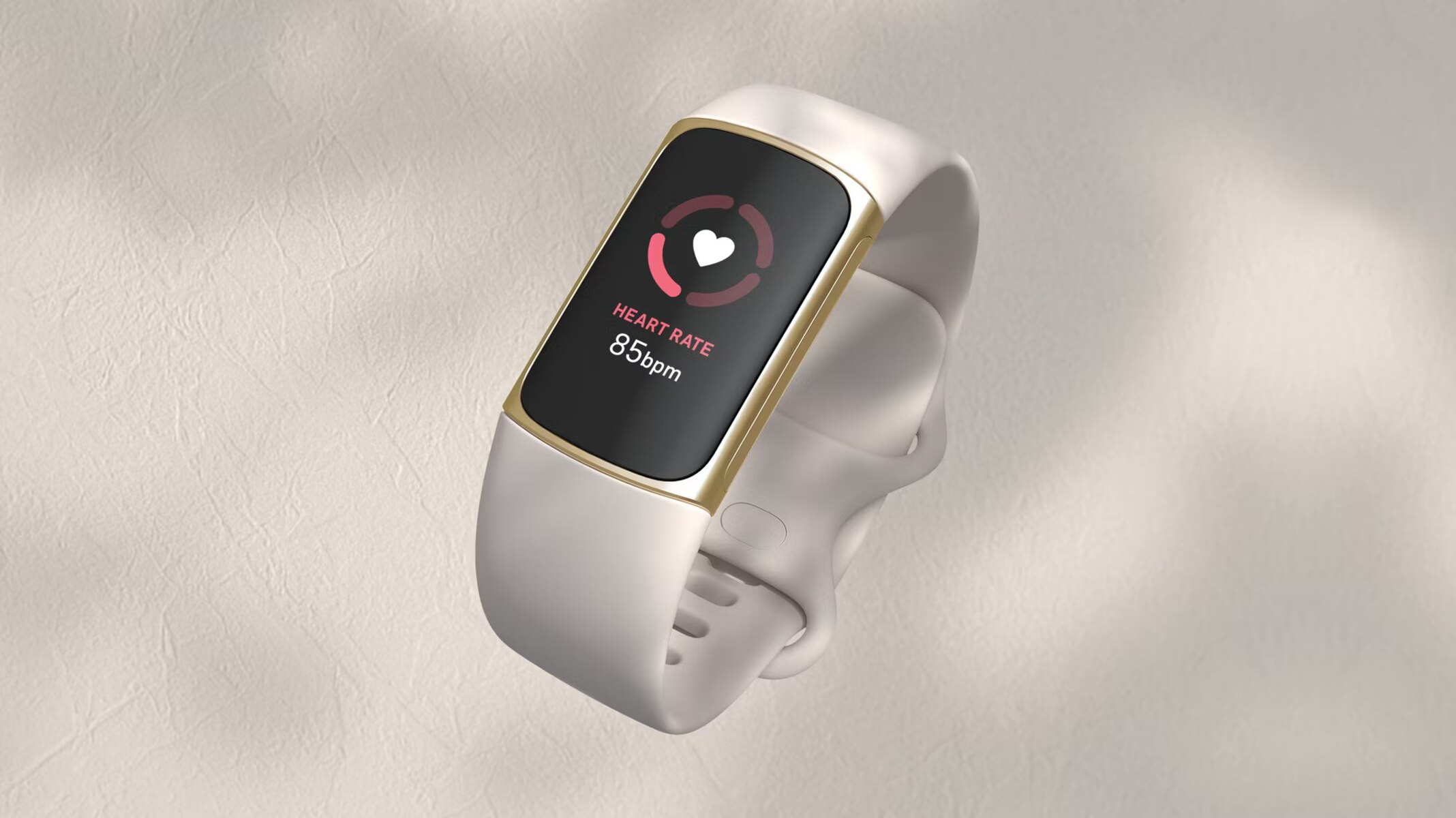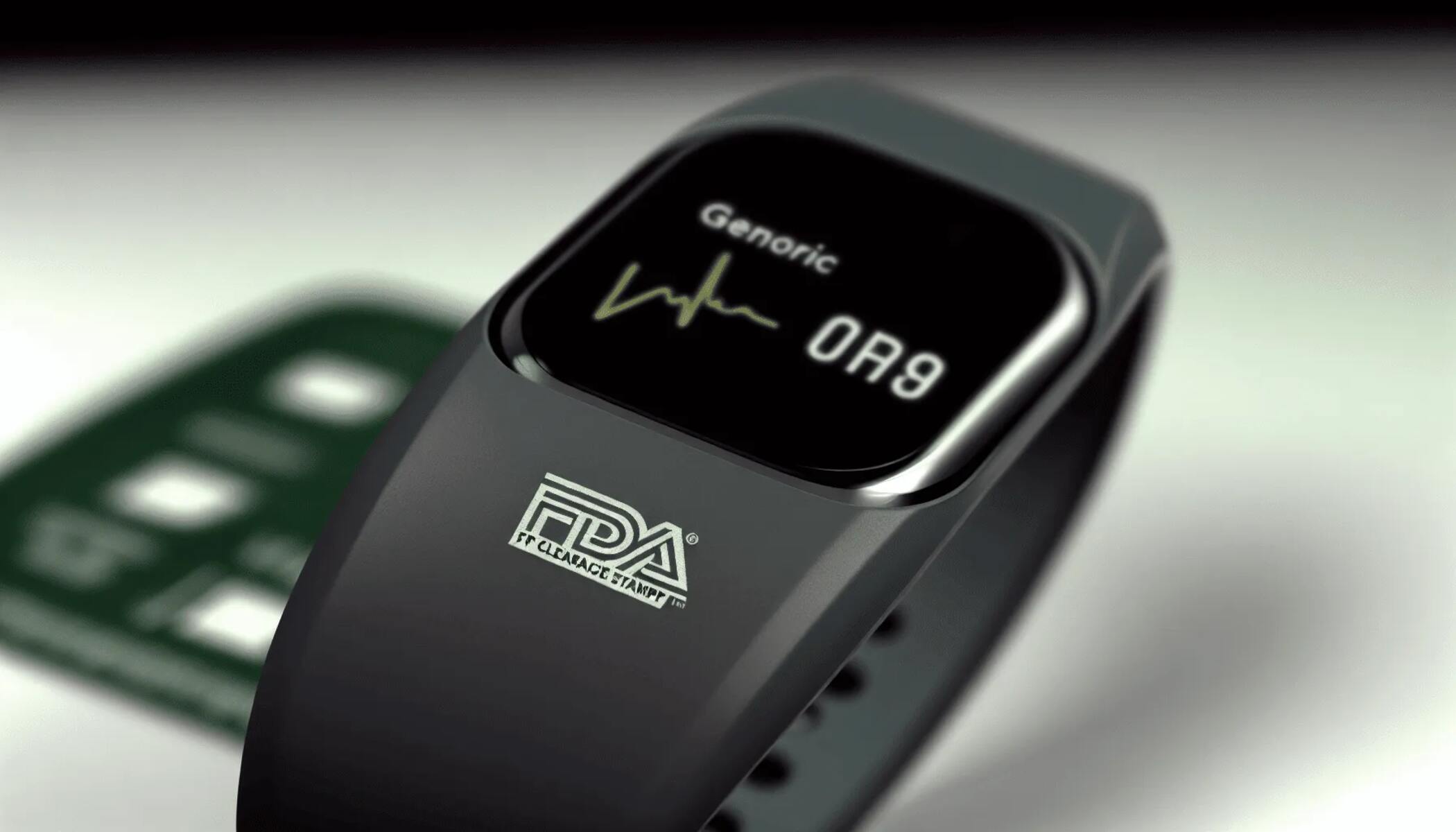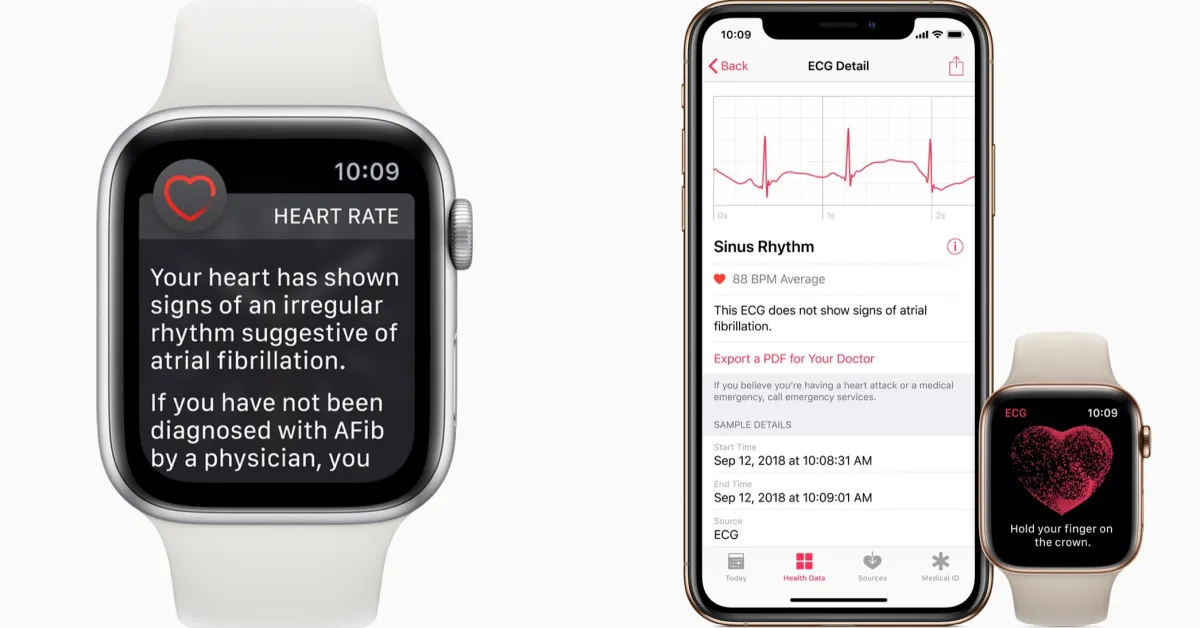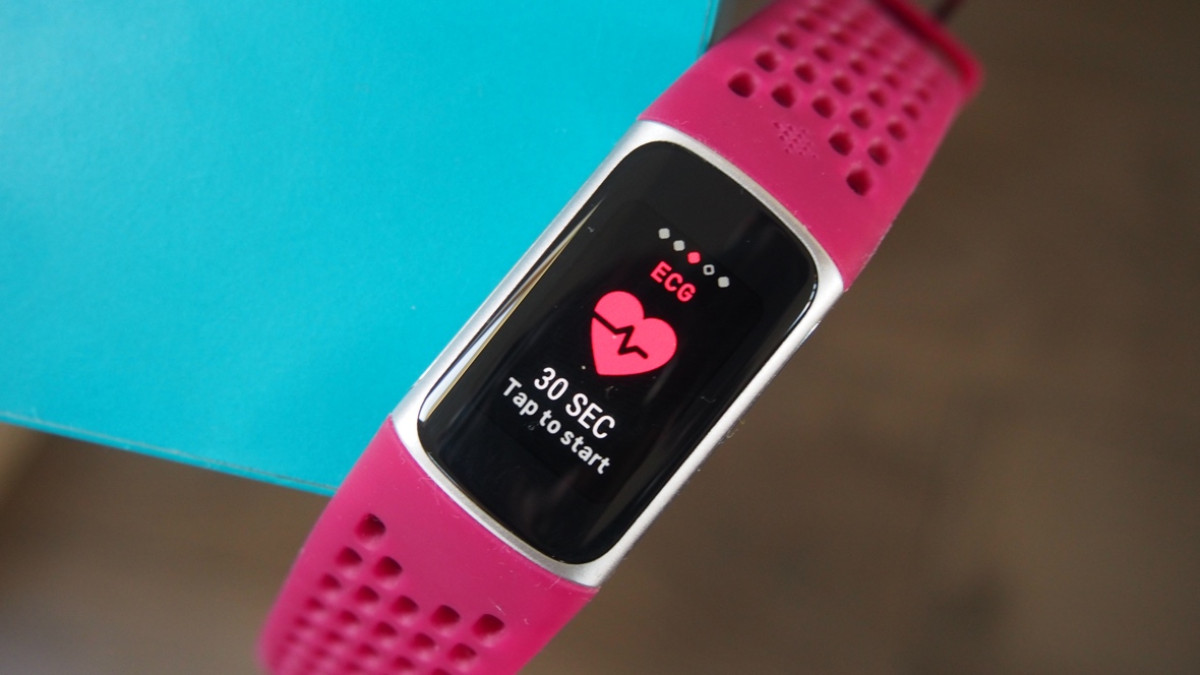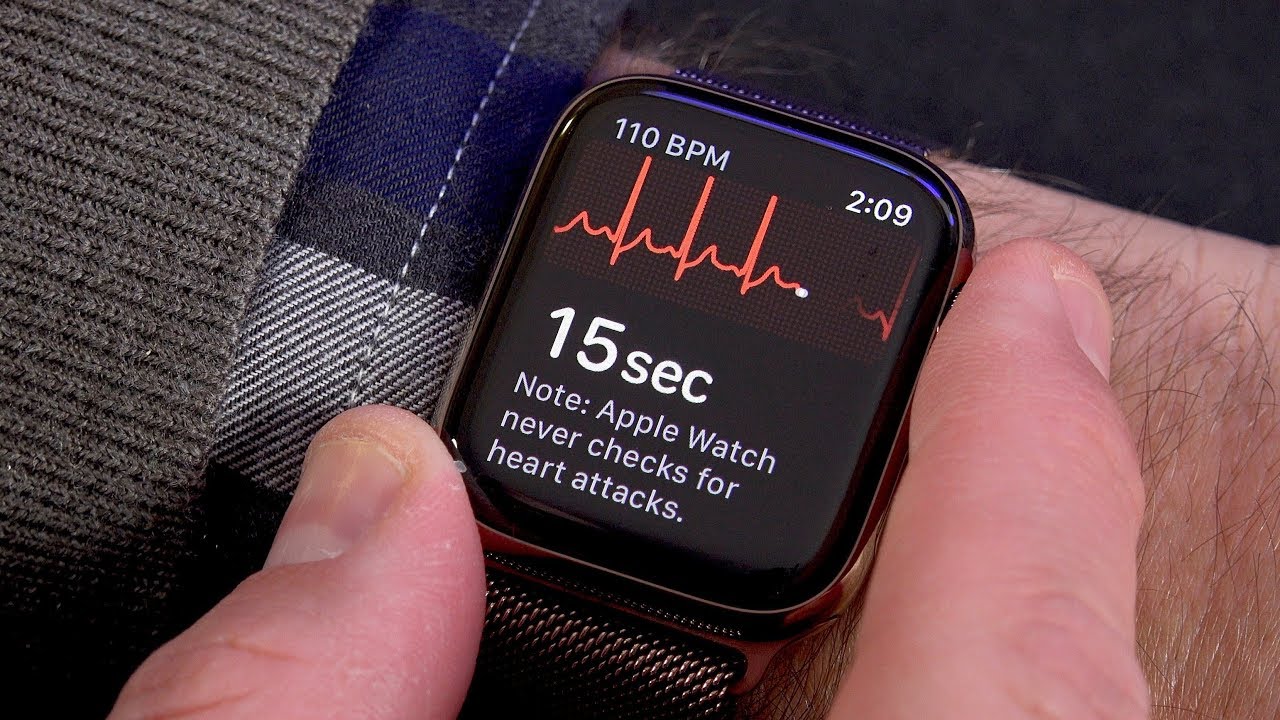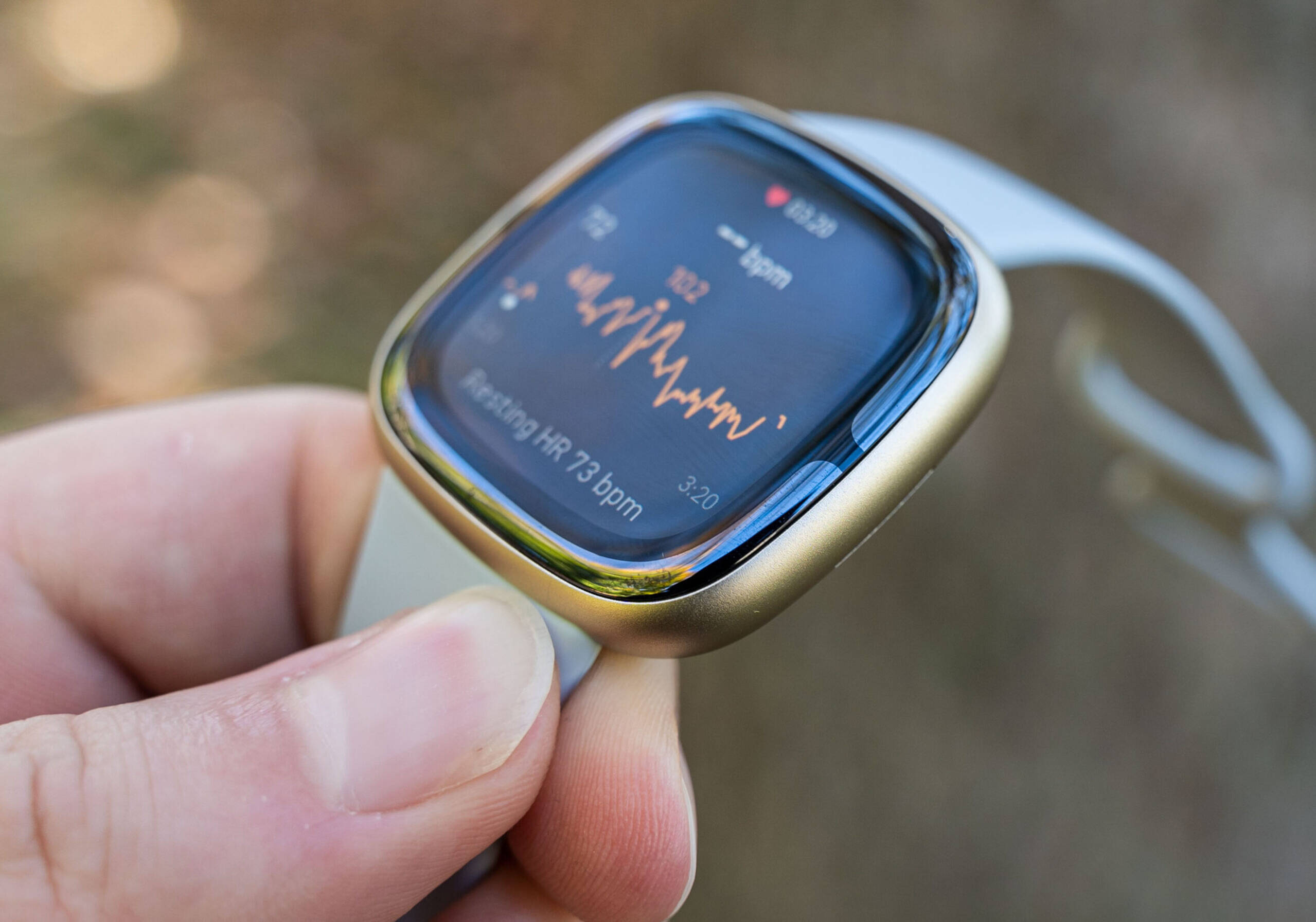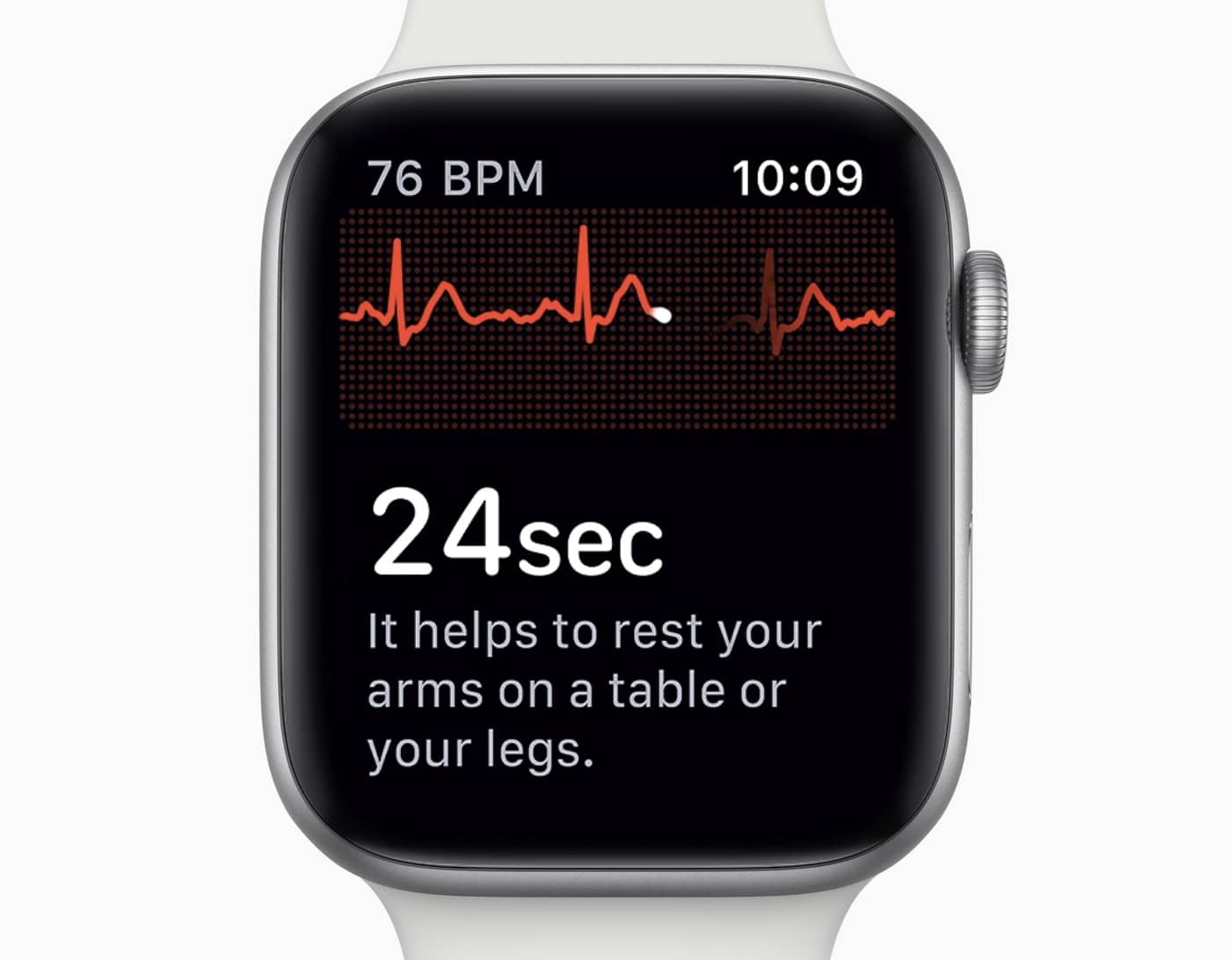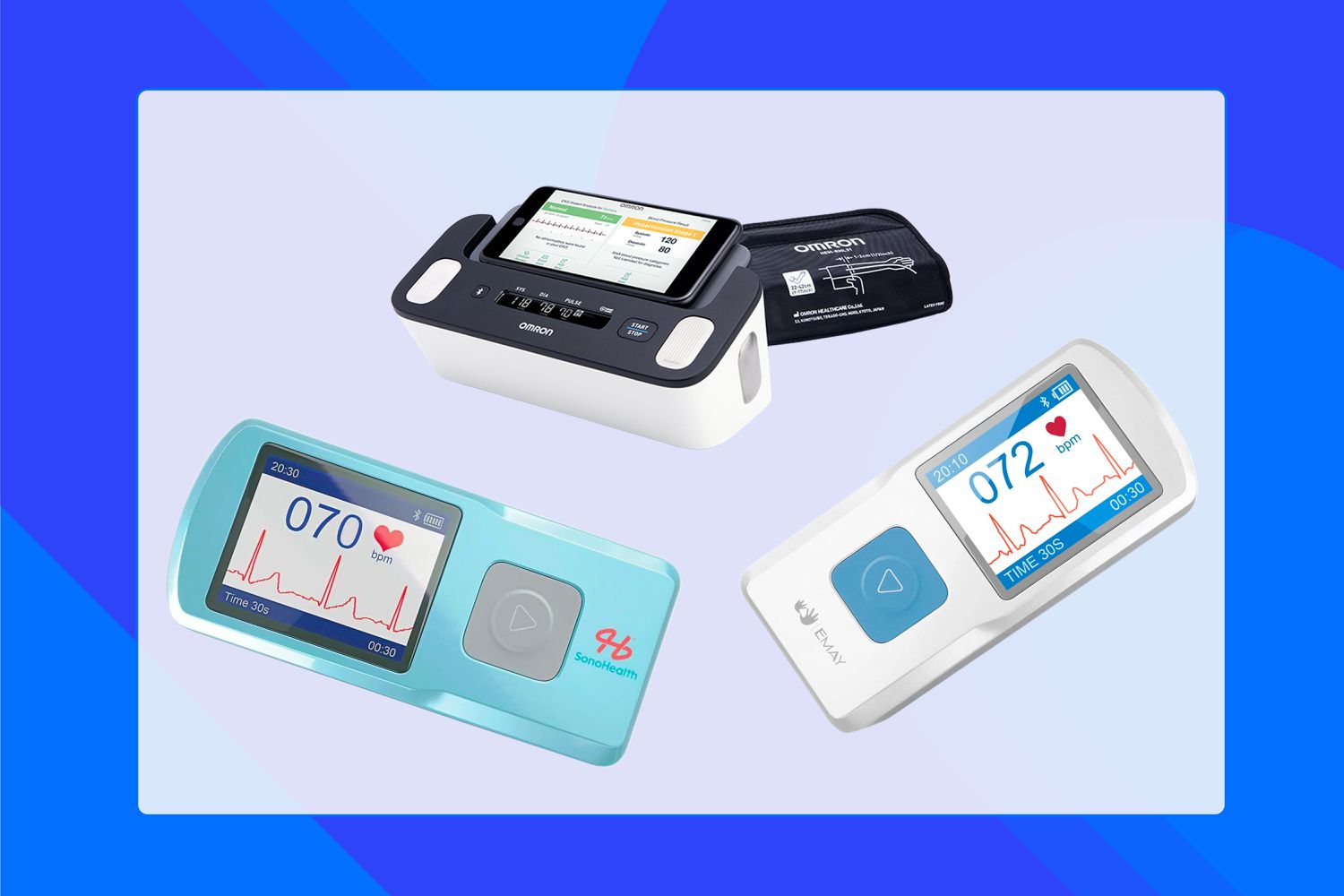Understanding Atrial Fibrillation
Atrial fibrillation, commonly referred to as Afib, is a prevalent heart condition characterized by irregular and often rapid heart rate. This irregular heartbeat is caused by disorganized electrical signals in the atria, the upper chambers of the heart. As a result, the heart may not pump blood effectively, leading to a variety of symptoms such as palpitations, shortness of breath, fatigue, and in some cases, chest pain or fainting.
Afib can significantly increase the risk of stroke and heart failure, making it a serious health concern. It is estimated that millions of people worldwide are affected by this condition, and the prevalence is expected to rise as the population ages.
The irregular heartbeat associated with Afib can lead to the formation of blood clots in the atria. If a blood clot travels to the brain, it can cause a stroke, which is why individuals with Afib are at a higher risk of experiencing a stroke. Understanding the underlying mechanisms of Afib and its potential consequences is crucial for individuals diagnosed with this condition and their caregivers.
In addition to the physical symptoms, Afib can also have a significant impact on a person's quality of life. The unpredictable nature of the condition can lead to anxiety and stress, affecting daily activities and overall well-being. Therefore, it is essential for individuals with Afib to have access to effective monitoring and management strategies to better control the condition and minimize its impact on their lives.
By gaining a deeper understanding of Afib, individuals can take proactive steps to manage their condition and reduce the associated health risks. This includes regular monitoring of heart rate and rhythm, making lifestyle modifications, and working closely with healthcare professionals to develop a personalized treatment plan.
In the next sections, we will delve into the importance of monitoring Afib and explore the features to look for in a Fitbit model designed for Afib management. Understanding these aspects will empower individuals to make informed decisions when selecting the best Fitbit model to support their journey in managing atrial fibrillation effectively.
Importance of Monitoring Afib
Effective monitoring of atrial fibrillation (Afib) is paramount in managing this complex heart condition. By closely tracking heart rate and rhythm patterns, individuals with Afib can gain valuable insights into the dynamics of their condition, enabling them to make informed decisions about their health and well-being.
Monitoring Afib serves multiple crucial purposes, including early detection of irregular heart rhythms, assessment of treatment effectiveness, and identification of potential triggers or exacerbating factors. Regular monitoring allows individuals and healthcare professionals to identify patterns and trends in heart rate variability, which can offer valuable clues about the progression and impact of Afib on overall cardiovascular health.
Furthermore, continuous monitoring of Afib can aid in the timely detection of any changes in heart rhythm, which is essential for initiating prompt interventions and preventing potential complications such as blood clots and stroke. By staying vigilant about heart rate irregularities, individuals can proactively address any deviations from the norm, thereby mitigating the risks associated with Afib.
Moreover, monitoring Afib can provide individuals with a sense of empowerment and control over their health. Through the use of wearable devices equipped with Afib detection capabilities, individuals can actively engage in self-monitoring, fostering a deeper understanding of their condition and its potential triggers. This heightened awareness can lead to more effective communication with healthcare providers, facilitating collaborative decision-making and personalized treatment plans.
In addition to the individual benefits, continuous monitoring of Afib contributes to the accumulation of real-world data that can inform research and clinical practice. By leveraging the insights derived from widespread Afib monitoring, researchers and healthcare professionals can gain a deeper understanding of the condition's variability and its impact on diverse patient populations. This, in turn, can drive advancements in Afib management strategies, ultimately benefiting individuals affected by this prevalent heart condition.
In essence, the importance of monitoring Afib cannot be overstated. It plays a pivotal role in early detection, personalized management, and the generation of valuable data for advancing Afib research and care. As we delve into the features to look for in a Fitbit model designed for Afib management, it is crucial to recognize the significance of continuous monitoring in empowering individuals to take proactive steps in managing their heart health effectively.
Features to Look for in a Fitbit Model for Afib
When considering a Fitbit model for managing atrial fibrillation (Afib), several key features should be taken into account to ensure effective monitoring and support. These features are designed to provide individuals with comprehensive insights into their heart health and facilitate proactive management of Afib. Understanding the essential features to look for in a Fitbit model tailored for Afib can empower individuals to make informed decisions and select a device that aligns with their specific monitoring needs.
1. Accurate Heart Rate Monitoring:
A reliable Fitbit model for Afib management should offer accurate and continuous heart rate monitoring. This feature enables individuals to track their heart rate patterns throughout the day and during physical activities, providing valuable data for detecting irregularities associated with Afib. Accurate heart rate monitoring forms the foundation for effective Afib management, allowing individuals to stay informed about their cardiovascular health status in real time.
2. Afib Detection Capabilities:
An ideal Fitbit model for Afib should incorporate advanced algorithms for detecting irregular heart rhythms indicative of Afib. The device should be capable of automatically identifying episodes of Afib and alerting the user to seek further medical evaluation. By integrating Afib detection capabilities, the Fitbit model can serve as a valuable tool for early intervention and prompt medical attention, thereby enhancing the overall management of Afib.
3. Comprehensive Heart Rate Analysis:
In addition to real-time heart rate monitoring, a suitable Fitbit model for Afib should offer comprehensive analysis of heart rate data. This includes the ability to visualize heart rate trends, detect fluctuations, and identify patterns that may indicate episodes of irregular heart rhythms. The device should provide users with intuitive insights into their heart rate variability, empowering them to recognize potential triggers or changes in Afib patterns.
4. Personalized Health Insights:
A feature-rich Fitbit model for Afib should go beyond basic heart rate monitoring and offer personalized health insights related to cardiovascular wellness. This may encompass the integration of wellness metrics, such as sleep quality, stress levels, and physical activity, to provide a holistic view of the individual's overall health. By gaining access to personalized health insights, individuals can better understand the interconnected factors influencing their Afib and make informed lifestyle adjustments.
5. Seamless Data Integration:
The chosen Fitbit model should facilitate seamless integration of heart rate and Afib-related data with compatible mobile applications or healthcare platforms. This allows individuals to consolidate their health information, share relevant data with healthcare providers, and actively engage in collaborative discussions about their Afib management. The ability to seamlessly integrate and share data promotes continuity of care and supports informed decision-making in managing Afib.
6. User-Friendly Design and Interface:
A user-friendly design and intuitive interface are essential aspects of a Fitbit model for Afib. The device should be easy to use, with clear displays and accessible features that enable effortless monitoring and interaction. A user-friendly design promotes engagement and encourages consistent utilization of the device for long-term Afib management.
By prioritizing these essential features when selecting a Fitbit model for Afib, individuals can equip themselves with a powerful tool for monitoring and managing their heart health. The integration of accurate heart rate monitoring, Afib detection capabilities, comprehensive heart rate analysis, personalized health insights, seamless data integration, and user-friendly design collectively contribute to a robust and supportive Afib management experience. As we explore the comparison of Fitbit models for Afib monitoring, these features will serve as valuable criteria for evaluating the suitability of each device in meeting the specific monitoring needs of individuals with atrial fibrillation.
Comparison of Fitbit Models for Afib Monitoring
When evaluating Fitbit models for Afib monitoring, it is essential to consider the distinct features and capabilities offered by each device to determine the most suitable option for managing atrial fibrillation effectively. The following comparison provides insights into the key attributes of select Fitbit models designed to support individuals in monitoring their heart health and detecting irregular heart rhythms associated with Afib.
Fitbit Sense
Afib Detection and ECG App: The Fitbit Sense stands out for its advanced Afib detection capabilities, leveraging a built-in electrocardiogram (ECG) app to detect and assess irregular heart rhythms. This feature enables users to take on-demand ECG readings, providing valuable insights into their heart health and potential Afib episodes.
Stress Management Tools: With its focus on holistic well-being, the Fitbit Sense offers stress management tools, including an electrodermal activity (EDA) sensor and guided mindfulness sessions. These features contribute to a comprehensive approach to Afib management by addressing stress as a potential trigger for irregular heart rhythms.
Temperature Tracking: The Fitbit Sense incorporates temperature tracking, allowing users to monitor changes in their skin temperature. This feature can offer additional contextual information that may be relevant in understanding the dynamics of Afib and its potential correlations with physiological changes.
Fitbit Versa 3
Continuous Heart Rate Monitoring: The Fitbit Versa 3 provides continuous heart rate monitoring, enabling users to track their heart rate patterns and detect fluctuations indicative of irregular heart rhythms. This real-time monitoring feature forms the foundation for proactive Afib management.
Built-in GPS: With built-in GPS capabilities, the Fitbit Versa 3 offers accurate tracking of outdoor activities, providing users with detailed insights into their physical exertion and its potential impact on heart rate variability. This feature contributes to a more comprehensive understanding of the relationship between physical activity and Afib.
Voice Assistant Integration: The Fitbit Versa 3 integrates voice assistant functionality, allowing users to access information and perform tasks hands-free. This feature enhances the user experience, promoting seamless interaction with the device for convenient heart health monitoring.
Fitbit Charge 4
Active Zone Minutes: The Fitbit Charge 4 introduces Active Zone Minutes, a feature that tracks the intensity of physical activity based on personalized heart rate zones. This capability encourages users to engage in physical exertion within optimal heart rate ranges, promoting cardiovascular health and potentially influencing Afib management.
Sleep Tracking: With comprehensive sleep tracking functionality, the Fitbit Charge 4 provides insights into sleep quality and duration. Understanding the impact of sleep patterns on heart health is crucial for individuals managing Afib, making this feature a valuable component of the device's monitoring capabilities.
Swimproof Design: The Fitbit Charge 4 boasts a swimproof design, allowing users to monitor their heart rate and activity during water-based exercises. This feature expands the scope of heart health monitoring, catering to individuals who incorporate swimming or aquatic activities into their fitness routines.
By comparing the distinct attributes of these Fitbit models, individuals can assess the suitability of each device in meeting their specific needs for Afib monitoring. The diverse features offered by the Fitbit Sense, Fitbit Versa 3, and Fitbit Charge 4 present individuals with options to select a device that aligns with their preferences and monitoring priorities, ultimately supporting their journey in effectively managing atrial fibrillation.
Choosing the Best Fitbit Model for Atrial Fibrillation
Selecting the most suitable Fitbit model for managing atrial fibrillation (Afib) involves a thoughtful consideration of individual monitoring needs and the distinctive features offered by various devices. When navigating the array of Fitbit models available, individuals with Afib can prioritize specific criteria to identify the best fit for their heart health monitoring requirements.
The decision-making process begins with a focus on essential features tailored to Afib management. Accurate heart rate monitoring serves as a foundational requirement, enabling individuals to track their heart rate patterns and detect irregularities associated with Afib. Additionally, the presence of Afib detection capabilities, such as advanced algorithms and on-demand electrocardiogram (ECG) readings, is crucial for timely identification of irregular heart rhythms indicative of Afib episodes.
Comprehensive heart rate analysis, including the visualization of heart rate trends and fluctuations, empowers individuals to gain valuable insights into the dynamics of their heart health. This feature facilitates the recognition of potential triggers or changes in Afib patterns, fostering proactive management strategies. Moreover, personalized health insights related to cardiovascular wellness, seamless data integration with mobile applications or healthcare platforms, and a user-friendly design and interface contribute to a robust Afib monitoring experience.
When evaluating specific Fitbit models, such as the Fitbit Sense, Fitbit Versa 3, and Fitbit Charge 4, individuals can assess the unique attributes of each device in relation to their Afib management priorities. The Fitbit Sense stands out for its advanced Afib detection capabilities and stress management tools, catering to individuals seeking comprehensive monitoring and stress-related insights. On the other hand, the Fitbit Versa 3's continuous heart rate monitoring and built-in GPS functionality offer a balance of real-time heart health tracking and activity-related insights. Meanwhile, the Fitbit Charge 4's emphasis on Active Zone Minutes, sleep tracking, and swimproof design provides a diverse set of monitoring features suitable for individuals with varying lifestyle preferences.
By aligning the distinctive features of Fitbit models with their specific monitoring needs, individuals can make an informed decision when choosing the best Fitbit model for managing atrial fibrillation. This deliberate selection process ensures that the selected device effectively supports their journey in monitoring and proactively managing their heart health, ultimately contributing to a comprehensive Afib management experience.







